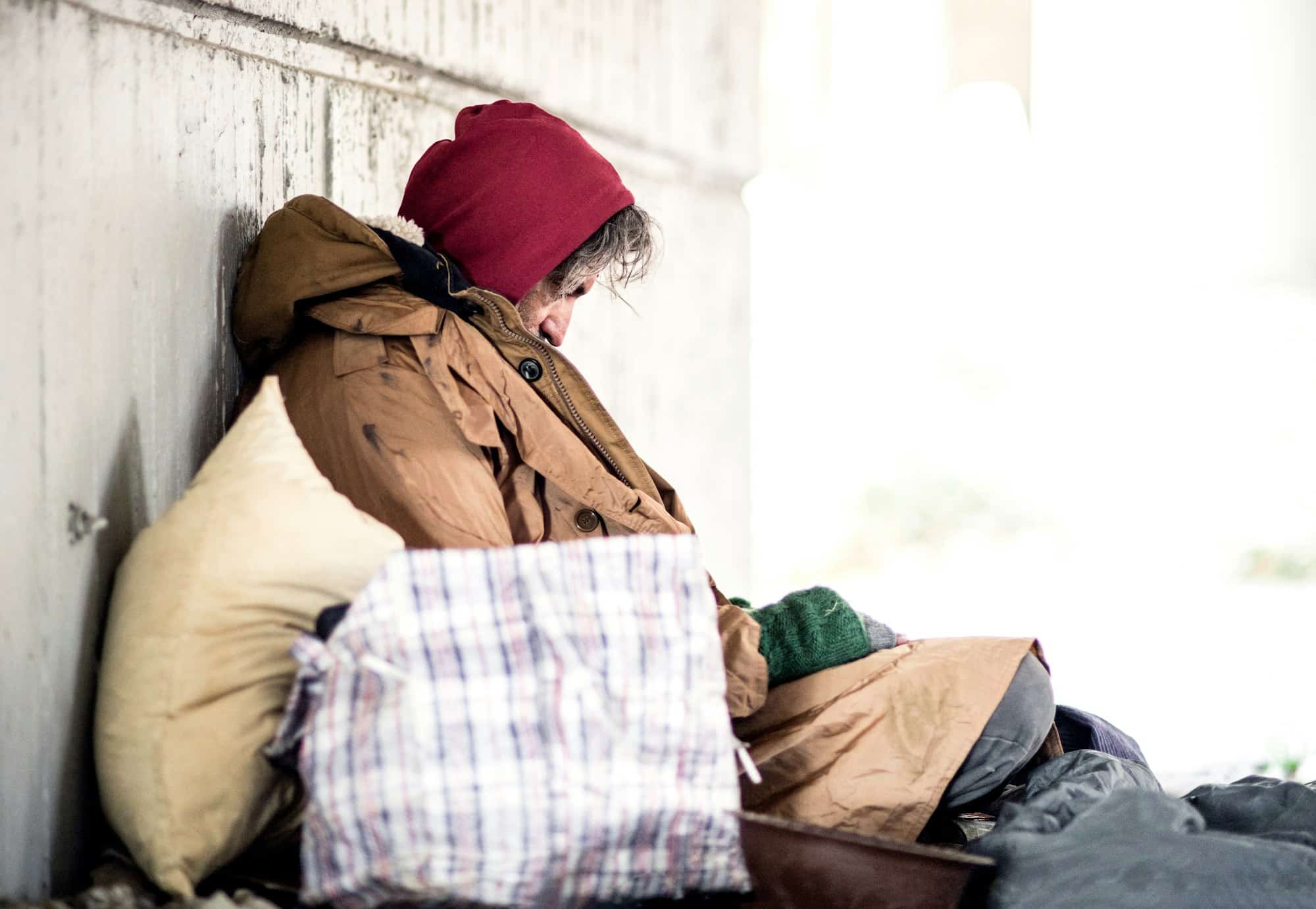House prices and inflation create new homelessness
Rising house prices and inflation are creating a new type of homeless person in Portugal, people socially integrated who are pushed into exclusion, warn associations that deal with this problem and poverty. “Take a walk around Gare do Oriente, Saldanha, Martim Moniz or other streets in Lisbon (…) and you’ll hardly find drug addicts or … Continue reading House prices and inflation create new homelessness
0 Comments
